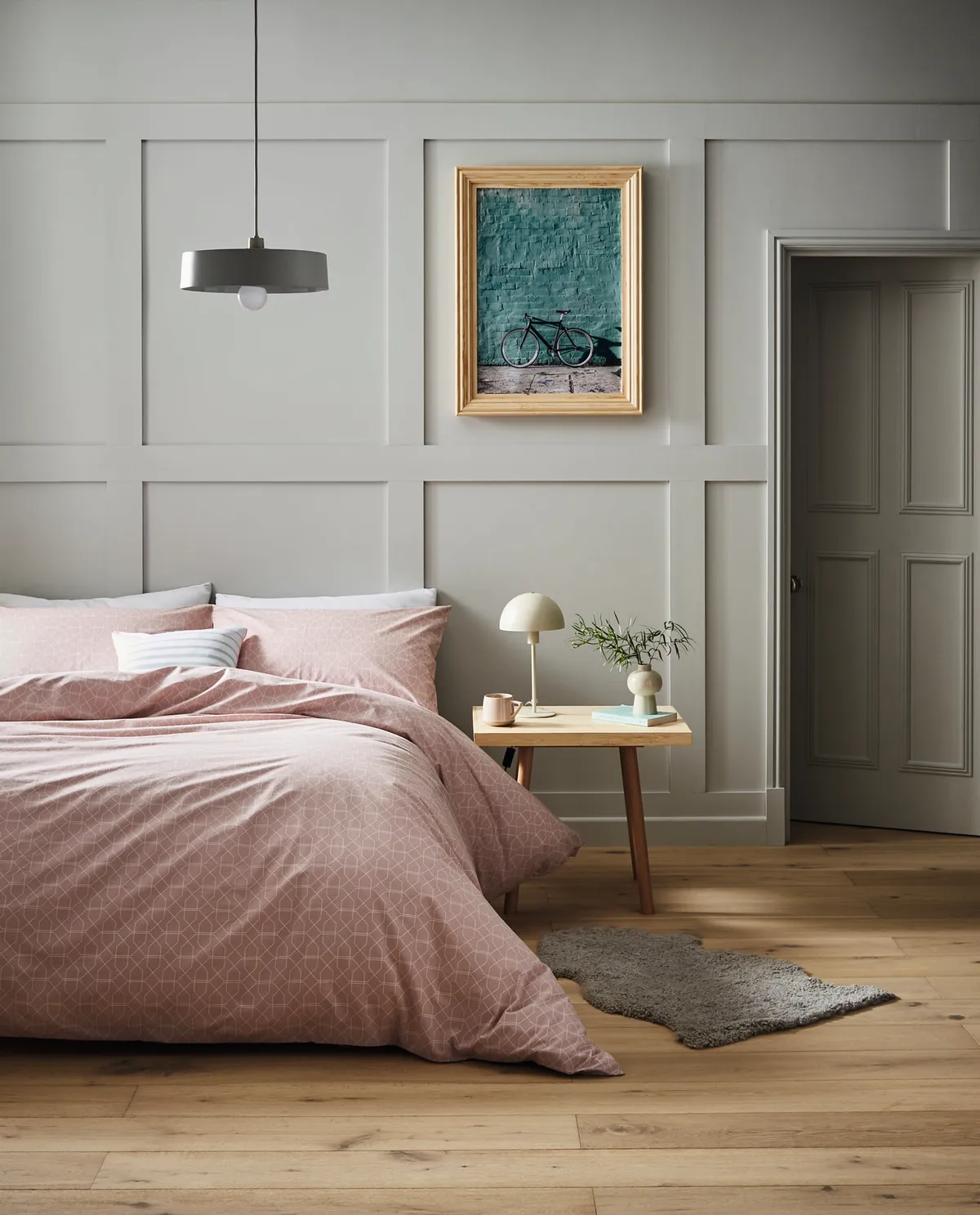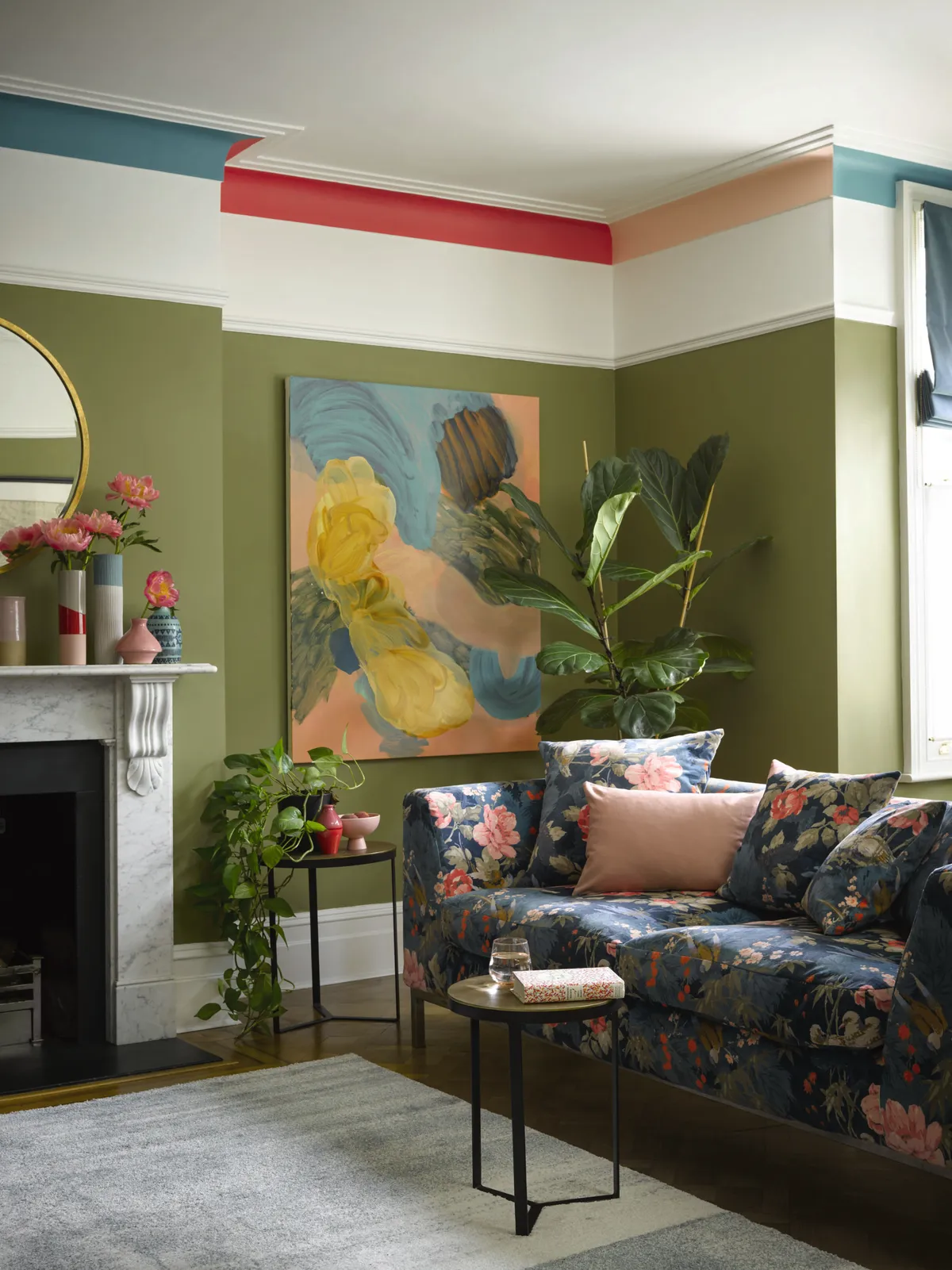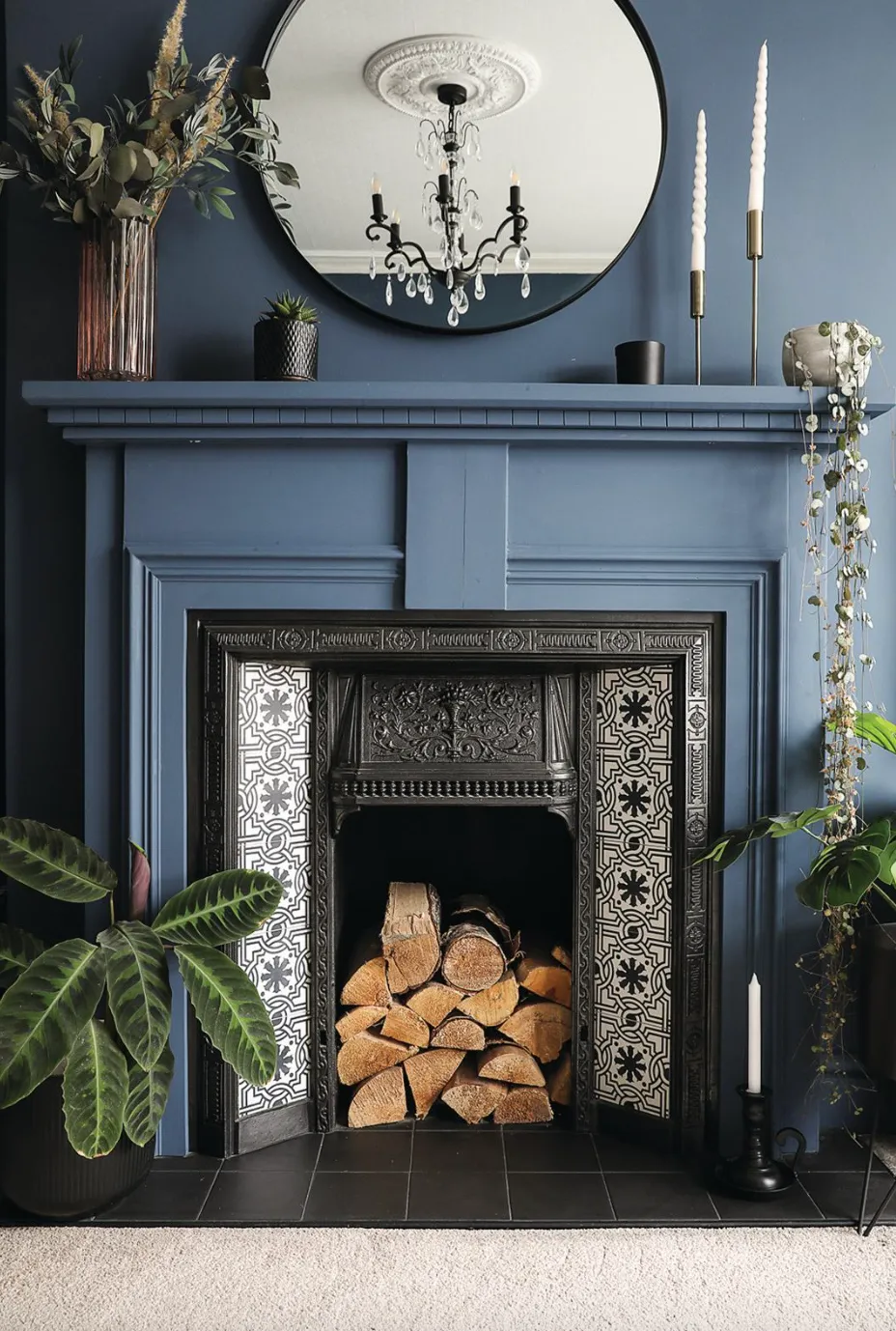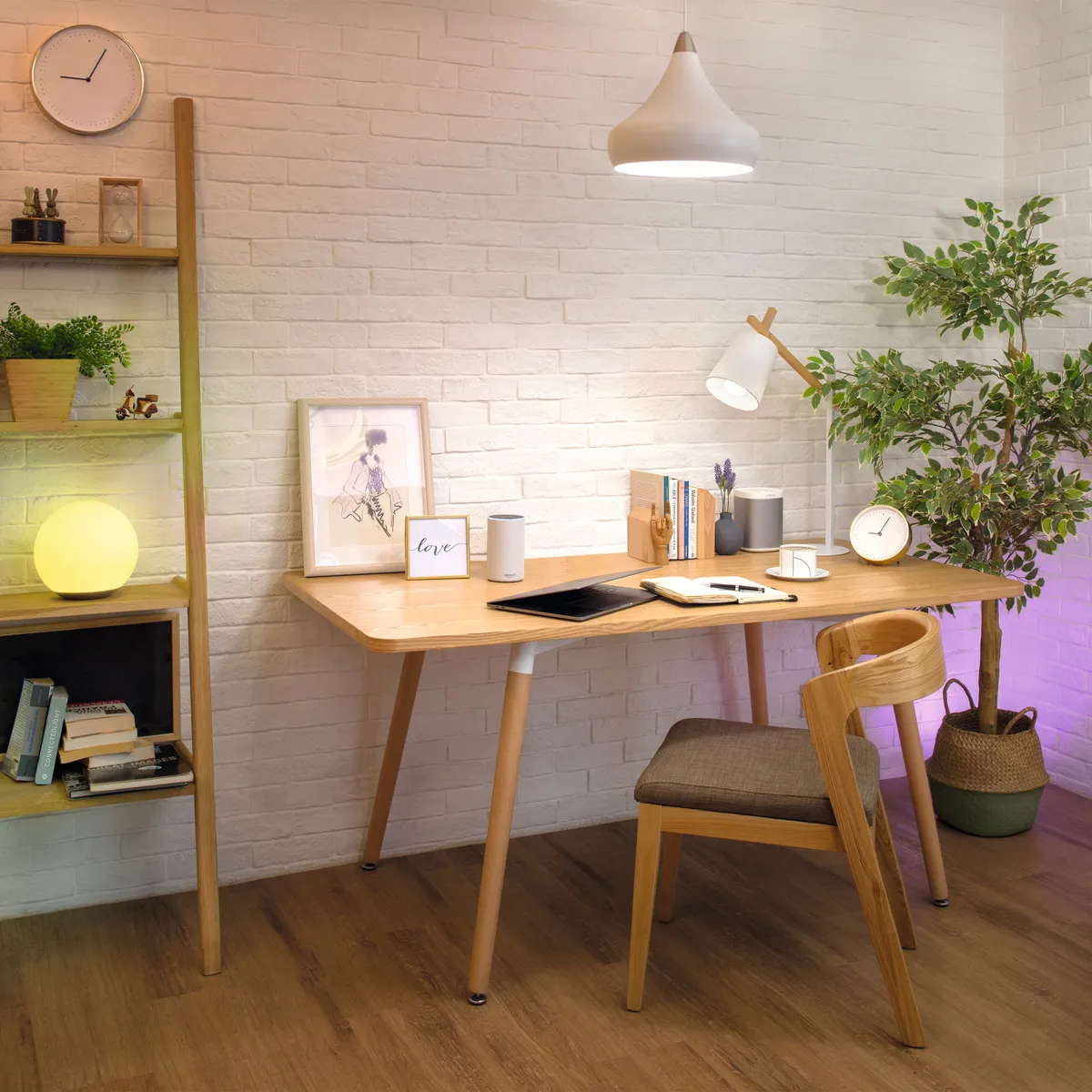Much as many of us would love for our homes to be full of interesting features, the reality is that these are often lacking. Perhaps a previous owner thought it a good idea to rip out the original Victorian or Edwardian fireplaces and picture rails – believe it or not, this was a trend in the 1960s and 1970s – or maybe you live in a modern or brand-new house that was devoid of personality to start with.
Here’s our how-to guide to help you go about restoring or adding character, no matter the age of your home or your decorating budget.
You may also like:
- Edwardian house style: how to spot the period features of the era
- Victorian house style: how to spot the period features of the era
- How to convert old buildings into homes
How to restore house character
Put up panelling on the walls

Timber or MDF panelling can lend a traditional feel to interiors along with depth and texture, creating shadows as the light hits it. Narrow, beaded panelling is best for a period room, and Shaker-style panels suit both contemporary and older homes.
Panelling is quick to fit, inexpensive and comes in many lengths and widths. Nail or glue them directly onto the wall once they have been cut to size.
A single feature wall panelled from floor to ceiling adds impact in a small space, or choose to panel the area below a dado rail and paint the top half in a contrasting shade. You can also create a cosy, cottage-style ambience with tongue-and-groove panelling that has the added bonus of covering marks and other imperfections.
Emphasise architectural details

Show off architectural elements with clever use of paint. Colour is your friend here – try a dark shade on the window frames, architraves and skirting and to highlight the inside of an archway, for example where an internal wall’s been removed to open up two rooms into one. Draw attention to a picture rail – and the room’s height – by painting the area above it and the ceiling white, or add horizontal bands of colour just below the coving.
In a home that’s not blessed with period details, create the illusion of a dado or picture rail with a dark hue on the lower part of the wall and a paler one at the top. Fake the appearance of panelling with wallpaper, and you can even fashion a faux dado from replica tiles.
Reinstate decorative mouldings
Coving, picture and dado rails, architraves, skirting and ceiling roses are all types of decorative moulding. As well as providing visual interest, their purpose was originally very practical – coving covered the join between the wall and ceiling; dado rails prevented scuff damage from chairs and other furniture; and ceiling roses were fitted to hide ugly wiring. Mouldings were traditionally cast in plaster, a material that’s heavy, pricey and potentially tricky to fit. Hardened polyurethane, polystyrene and softwood – the latter typically used for skirting and architraves – are lightweight, less costly options that you can simply nail on the wall. Break up the space by fitting a dado or picture rail and decorating the two sections of wall in different colours.
Focus on fireplaces

It’s worth investigating whether a bare chimney breast was boarded up to cover a fireplace behind – a hollow sound when knocking will alert you to the position of the opening. Plasterboard can be removed with a hammer and chisel, but ask a builder to tackle a bricked-up fireplace or widen an existing opening. Depending on what’s revealed, you may be able to restore an original fireplace and surround, or replace it with reclaimed or reproduction models. You must get the chimney inspected and cleaned if you plan to use it. New homes rarely have flues, but a prefabricated flue fitted in a faux chimney breast or vented to an outside wall will allow you to have a gas fire or log burner. The simplest solution is a realistic electric fire or stove, which only requires a plug socket.
Layer the lighting

The most effective lighting schemes are made up of layers of light from several sources, which are combined as required to suit the room’s function and mood. The first layer is background or ambient lighting, and you’ll need task lighting to illuminate an area you’re working or relaxing in – perhaps a desk or chair when reading – plus accent lighting to accentuate attractive details.
Choose fittings in keeping with your home’s age or the style you’re recreating. For example, in a living room a central chandelier works well teamed with fixed and portable lamps for reading along with wall lights that sweep light up or down to highlight a fireplace, plasterwork or a favourite painting. Hang pendants above a dining table and kitchen island, ensuring they’re carefully positioned to avoid glare.
Main image credit: Gallery Palmerston 54 Inch Cast Iron fire surround £1020 from Direct Fireplaces
